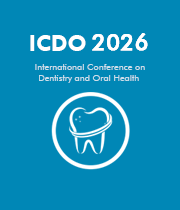Title: Comparative evaluation of the fluoride content in plant-based and animal-based milk: An in-vitro study
Abstract:
Fluoride plays a crucial role in preventing dental caries but, when consumed in excess, can lead to dental fluorosis. With the increasing consumption of plant-based milk alternatives like almond, oat, and soy milk, it is essential to analyze their fluoride content compared to traditional animal-based milk sources. This in vitro study aimed to evaluate and compare fluoride levels in commercially available plant-based and animal-based milk. Samples of cow, buffalo, and goat milk were analyzed alongside oat, almond, and soy milk using the SPADNS spectrophotometric method. Results showed that fluoride was absent in oat and soy milk, while almond milk contained 1.16 mg/L. Among animal-based milk samples, cow’s milk had the highest fluoride content (1.39 mg/L), followed by buffalo milk (0.99 mg/L) and goat milk (0.57 mg/L). The findings suggest that while plant-based milk generally contains lower fluoride levels, almond milk had a notable fluoride presence. Additionally, animalbased milk, particularly cow’s milk, exhibited fluoride concentrations that could contribute to overall fluoride intake, particularly when consumed with fluoridated water. These results highlight the need for fluoride labeling on milk products to help consumers manage their fluoride intake, thereby reducing the risk of fluorosis. Further research is recommended to explore regional variations and dietary implications of fluoride consumption through milk.




